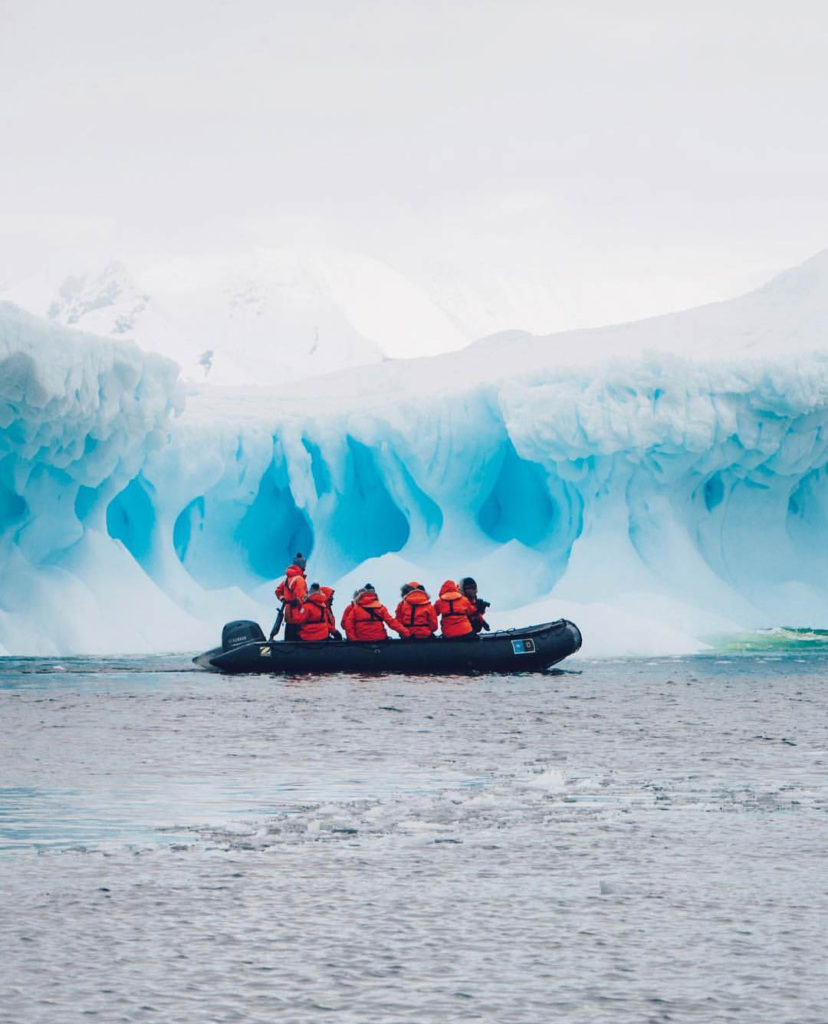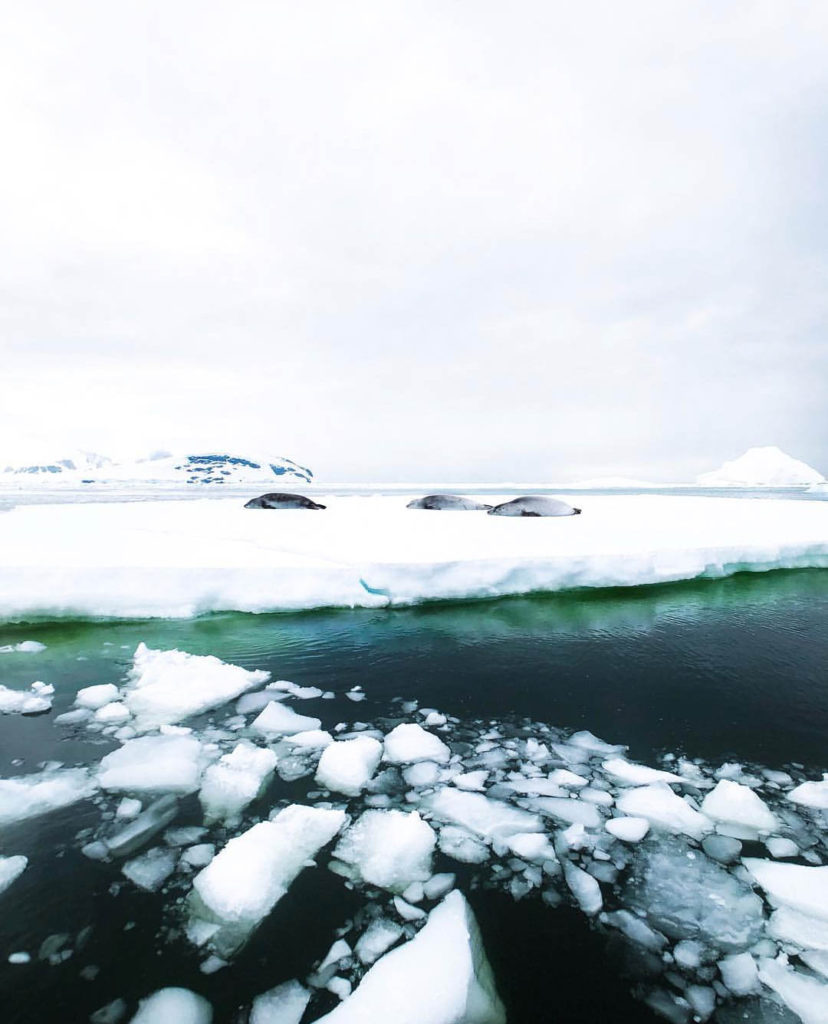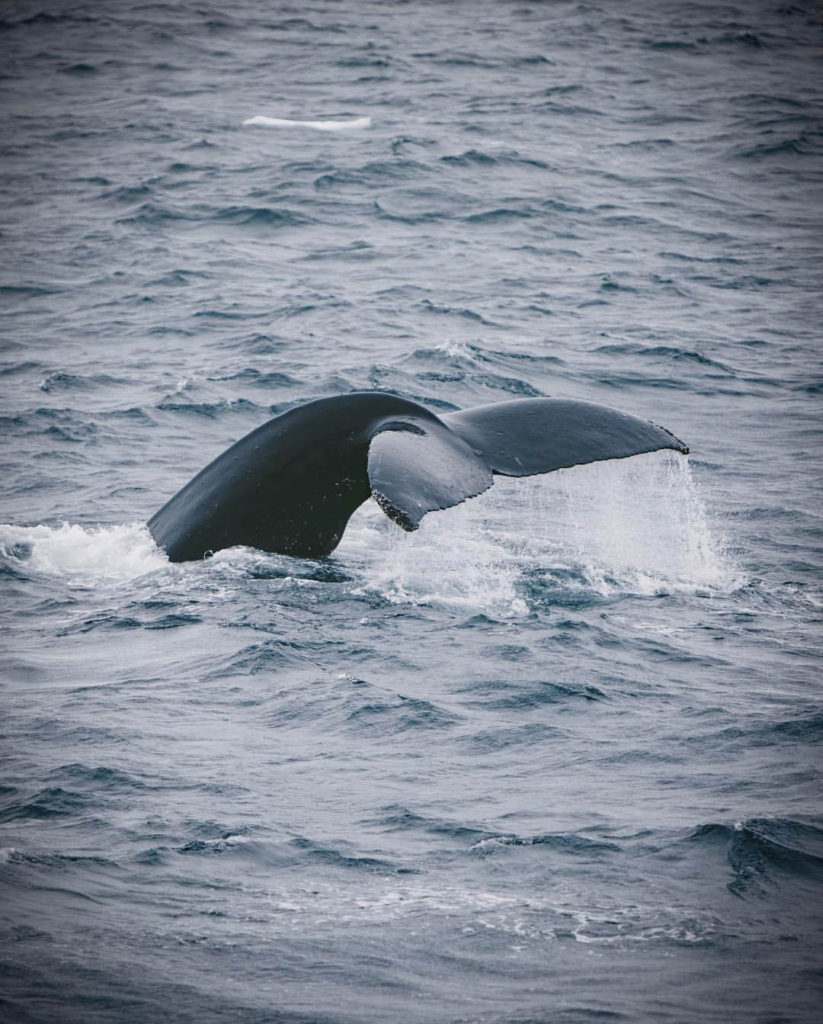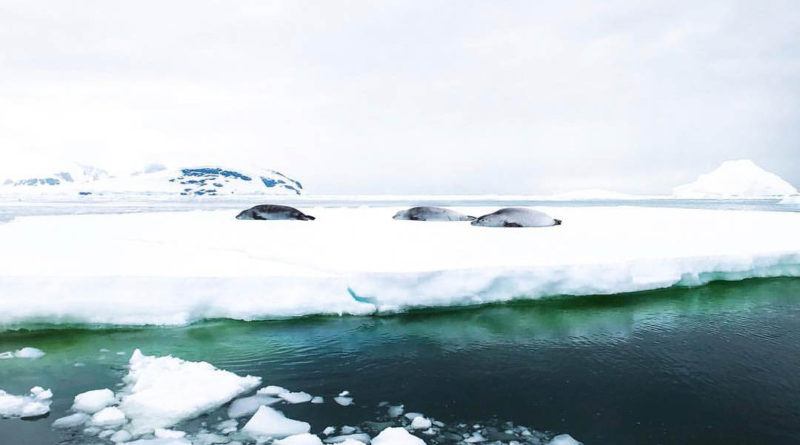Antarctica, ice melting and the raise of global sea levels
Antarctica, ice melting and the raise of global sea levels
"Ice losses from Antarctica are causing sea levels to rise faster today than at any time in the past 25 years."
The Antarctica is Earth’s southernmost continent as well as the fifth-largest continent in the world, being as nearly twice the size of Australia.
With the 98% of its territory covered by ice, around 1,000 to 5,000 people reside throughout the year at research stations sparsely located across the continent. They have to face some of the coldest, driest, and windiest weather conditions in the world. Here they investigate, control and measure one of the most important threats to our civilization, global warming.


A couple of weeks ago a group of researchers from NASA investigating the effects of global warming on sea levels published some of their latest conclusions. Perhaps one of the most significant outcomes presented along their study is the fact that “ice losses from Antarctica have tripled since 2012, increasing global sea levels by 0.12 inch (3 millimeters).”
From 1992 to 2017, the team looked at variable such as the mass balance of the Antarctic ice sheet as well as its impact on sea levels. As they say, “prior to 2012 ice was lost at a steady rate of about 83.3 billion tons (76 billion metric tons) per year, contributing about 0.008 inches (0.2 millimeters) a year to sea level rise. Since 2012, the amount of ice loss per year has tripled to 241.4 billion tons (219 billion metric tones) – equivalent to about 0.02 inches per year (0.6 millimeters) of sea level rise.”

They attribute the threefold increase in ice loss from the continent to “a combination of increased rates of ice melt in West Antarctica and the Antarctic Peninsula, and reduced growth of the East Antarctic ice sheet.” Overall, “Antarctica’s potential contribution to global sea level rise from its land-held ice is almost 7.5 times greater than all other sources of land-held ice in the world combined. The continent stores enough frozen water to raise global sea levels by 190 feet (58 meters), if it were to melt entirely.”
But increased sea levels is not the only consequence of ice melting. As the sea ice melts in the region, holes appear along the ice cap opening and weakening the frozen bodies. “The newly exposed water absorbs sunlight and warms up the ocean, which affects how quickly sea ice will grow in the following autumn. It also affects the local ecosystem; for example, it impacts seal populations that rely on thicker, snow-covered sea ice for denning and hunting.”
Ice melting is not rate, it is the current melt rate what is certainly surprising though.






